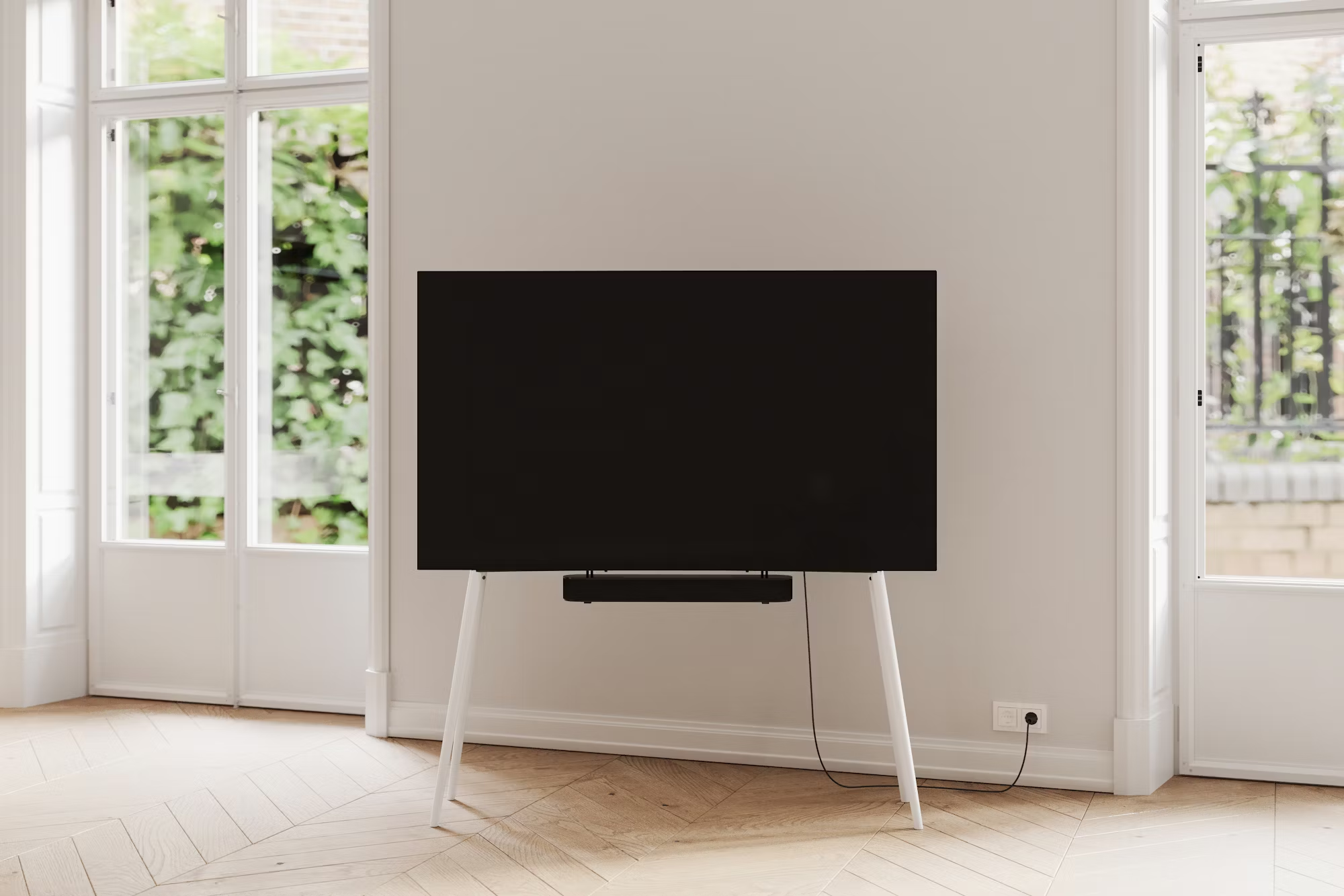The world of personal computing has undergone a remarkable transformation over the past few decades. From the bulky desktop computers of the early days to the sleek, portable laptops of today, the evolution of personal computing reflects significant technological advancements and changing user needs. This article explores the history and progression of personal computing, examining key developments and predicting future trends that will shape the way we interact with technology.
In the late 1970s and early 1980s, personal computers began to emerge as viable tools for both business and home use. Early models, such as the Apple II and IBM PC, introduced the concept of computing to the masses. These machines were primarily designed for specific tasks, such as word processing and basic data management. However, their bulky size and limited capabilities restricted their widespread adoption.
As technology advanced, so did the design and functionality of personal computers. The introduction of graphical user interfaces (GUIs) revolutionized the way users interacted with their machines. No longer did users need to rely solely on command-line interfaces; GUIs made computing more intuitive and accessible. With the launch of Windows 3.1 in 1992, personal computers gained a more user-friendly environment, paving the way for broader acceptance.
By the late 1990s and early 2000s, laptops began to gain popularity as a portable alternative to traditional desktops. Early laptops were often heavy, with limited processing power and battery life, but they offered the advantage of mobility. As advancements in battery technology, miniaturization of components, and the development of efficient processors occurred, laptops became increasingly powerful and practical for everyday use.
The shift from desktops to laptops marked a significant turning point in personal computing. Users began to prioritize mobility and flexibility, seeking devices that could seamlessly integrate into their lifestyles. Laptops offered the convenience of working from various locations, whether at home, in coffee shops, or while traveling. This desire for portability led to innovations in design, resulting in thinner and lighter laptops with enhanced performance capabilities.
In parallel with the rise of laptops, the advent of the internet transformed the way we use personal computers. The early 2000s saw the proliferation of broadband internet access, enabling users to connect online at higher speeds. This shift opened up new possibilities for communication, collaboration, and information sharing. Personal computers became essential tools for accessing the web, engaging in social media, and participating in online communities.
As technology continued to evolve, so did user expectations. The introduction of smartphones in the late 2000s further changed the landscape of personal computing. These devices combined the functionality of a computer with the convenience of a phone, allowing users to stay connected and productive on the go. As smartphones became ubiquitous, the demand for laptops that could match their performance and portability grew.
To meet these demands, manufacturers began to innovate with ultrabooks—slim, lightweight laptops designed for maximum portability without sacrificing performance. Models like the Dell XPS 13 and MacBook Air set new standards for design and functionality, featuring high-resolution displays, extended battery life, and powerful processors. These devices appealed to a new generation of users who valued aesthetics as much as performance.
Looking ahead, the future of personal computing is likely to be shaped by several key trends. One of the most significant is the rise of cloud computing. As more applications and services move to the cloud, the need for powerful local hardware diminishes. Users can access their files, applications, and data from any device with an internet connection, enabling greater flexibility and collaboration. This shift also allows for the development of lightweight devices that prioritize connectivity over raw processing power.
Artificial intelligence (AI) is another trend that promises to revolutionize personal computing. AI-powered features, such as virtual assistants and predictive text, are becoming increasingly integrated into personal computing devices. These technologies enhance user experience by providing personalized recommendations, automating tasks, and improving productivity. As AI continues to evolve, it will likely play a central role in how we interact with our devices.
Moreover, the rise of augmented reality (AR) and virtual reality (VR) technologies is set to transform personal computing experiences. These immersive technologies allow users to engage with digital content in entirely new ways, blurring the lines between the physical and digital worlds. As AR and VR applications become more mainstream, we can expect to see laptops and desktops designed to support these experiences, catering to gaming, education, and professional training.
In conclusion, the evolution of personal computing has been marked by significant advancements, driven by user needs and technological innovations. From the early days of bulky desktops to the sleek laptops of today, the journey reflects a continuous quest for improved functionality, portability, and user experience. As we look to the future, trends such as cloud computing, artificial intelligence, and immersive technologies will shape the next chapter in personal computing, promising exciting possibilities for users worldwide. The ongoing evolution of personal computing not only enhances our daily lives but also paves the way for a more connected and efficient future.





